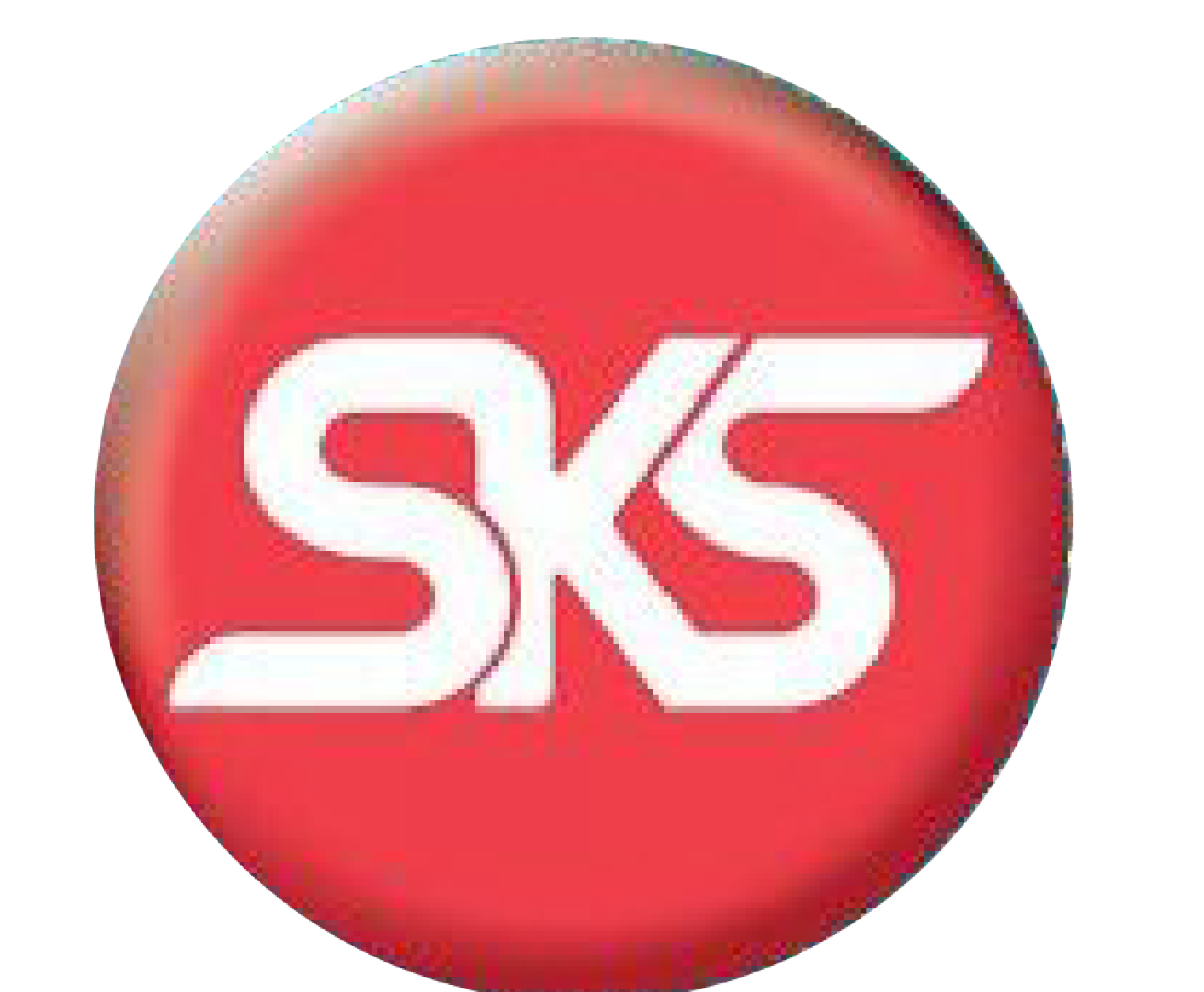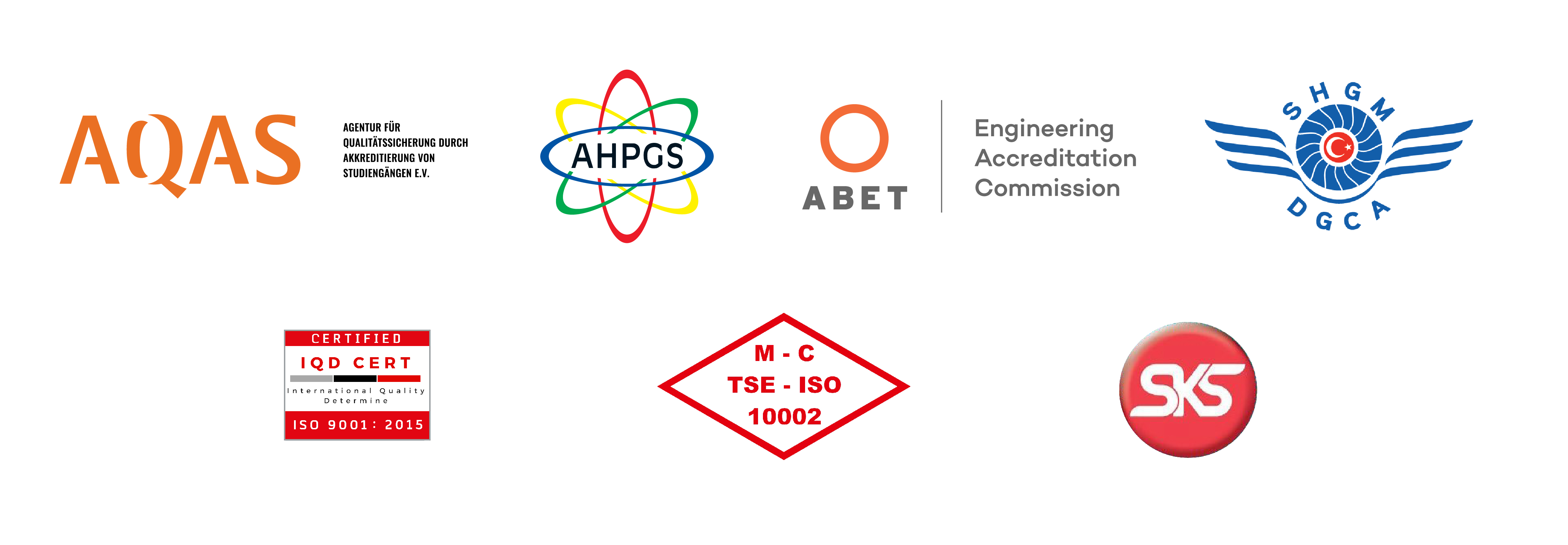"Tennis elbow" disease, which is more common in people who play tennis, can be seen as a result of any activity that forces the forearm. Assoc. Prof. Dr. Aydın Arslan from Istanbul Gelisim University stated that it can occur due to reasons such as squeezing a cloth, using screwdriver-pliers, painting. The most significant symptom is pain that spreads from the outer part of the elbow to the lower part of the arm.
This health problem, known as "lateral epicondylitis" in medical language, occurs due to repetitive strains or tears in the muscle and bone junction in the area. Stating that it can be seen as a result of movements that force the forearm, Orthopedics and Traumatology Specialist Assoc. Prof. Dr. Aydın Arslan from Istanbul Gelisim University, Faculty of Health Sciences, also indicated tennis elbow is usually seen in people between the ages of 30-50, and that it can sometimes be seen for no reason.
“Tennis elbow” is more common in these occupational groups!
The backhand shot applied by tennis players is among the compelling movements that cause lateral epicondylitis. Rather than considering tennis elbow as a sports injury, it is more accurate to include it in the category of occupational diseases. Assoc. Prof. Dr. Aydın Arslan said, “We can see tennis elbow as a result of any activity and application that forces the forearm. It is most common in professions that force the forearm, such as plumbers, painters, weavers, and car mechanics. Although it can be encountered at any age, it is usually detected in people between the ages of 30-50. Sometimes it can happen for no apparent reason.”
The most important symptom of tennis elbow is pain radiating from the outer part of the elbow to the lower arm. Assoc. Prof. Dr. Arslan said, “Patients feel pain on the bony prominence in the area we call the lateral epicondyle. When the wrist is bent upwards or something is squeezed by the hand, the muscles in the back of the forearm contract. However, the adhesion site on the outer part of the elbow is forced. The pain is exacerbated from time to time. It also increases when lifting the kettle, wringing the cloth, using tools such as screwdrivers and pliers. People who have to use their arm strength due to their work cannot work comfortably due to these pains. It negatively affects daily life. The pain may persist even at rest.”
“Tennis elbow is a very stubborn disease”
‘’The diagnosis can be easily made by the physician by considering the patient's complaints and examination findings. While X-rays may be requested to investigate the underlying causes, MRI can be assisted if the diagnosis cannot be confirmed. If the complaints are not very serious, the treatment of tennis elbow can be done without surgery. Cold application, elbow brace, anti-inflammatory drug use, physical therapy, cortisone and PRP application are among the non-surgical methods. In PRP, the liquid obtained from the person's own blood is injected back into the body. In cases where there is no excessive wear, treatment can be provided by applying it to the lateral epicondyle area. Usually a single session is sufficient, however, sometimes 2 or 3 sessions may be required. If there is no benefit from non-surgical methods, it is necessary to resort to surgery.”
Assoc. Prof. Dr. Arslan ended his speech as follows:
“The surgery is performed under local anesthesia without sleeping. The frayed tendon is separated from its attachment; after the problem area is cleaned, the tendon is sutured again. A shoulder-arm sling is used for up to 3 weeks after the operation. After 3 weeks, the patient can return to a healthy and normal life. Tennis elbow is a very stubborn disease. There is a possibility of recurrence after surgical treatment.”

.jpg) Created Date: : Monday, January 30, 2023
Created Date: : Monday, January 30, 2023
Istanbul Gelisim University (IGU) brought its students studying in the fiel...
Organized by the Turkic World Youth Council Club operating within Istanbul ...







